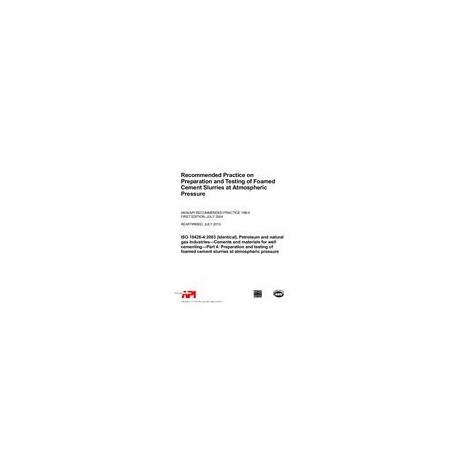More info
Full Description
Scope
This standard covers the application of dc surge arresters for transient overvoltage protection of dc transit electrification systems. These dc transit electrification systems include light rail, heavy rail, streetcar, and trolley bus systems. This standard covers the selection and application of metal-oxide varistor (MOV) gapless-surge arresters to divert surge energy away from the transit system components. It does not cover low-voltage SPDs that are required within dc traction power system equipment, such as rectifier units, vehicle propulsion systems, or other sensitive components of the dc transit system.
Purpose
It is the purpose of this standard to provide uniform practices for lightning and switching transient overvoltage protection of dc transit electrification by proper selection of dc surge arresters based on the surge environment and site conditions of the transit system. This standard allows the use of SPDs in dc transit systems to avoid insulation failure due to transient overvoltage. Transient overvoltage protection is just as important as short- circuit protection. This standard will minimize equipment damage caused by transient overvoltages, increasing system reliability that will result in reduced maintenance.
Abstract
New IEEE Standard - Active.The design and application of dc surge arresters to protect dc electrification system from transient overvoltage caused by lightning and switching surges is the purpose of this standard. Lightning surges can cause high energy transient overvoltages by direct or indirect coupling with a dc electrification system. Transient overvoltage protection from lightning and switching surges of various dc transit electrification systems can be achieved by the application of metal-oxide varistor (MOV) gapless-surge arresters. The application of surge arresters to running rails in areas where lightning activity is severe requires special study of protection coordination with rail-ground shorting devices [also called voltage-limiting devices (VLDs)] and review of track circuits applied at the transit system. Such study and criteria of selecting VLDs is not included in this standard. However, a surge arrester applied to running rails in higher keraunic areas has been included and requires coordination with both the VLD devices and track circuits applied in the transit system. Many modern light- and heavy-rail transit projects use VLDs, although their application can be avoided by implementing other design measures, such as insulated platforms, or by simply coating the vehicle surface with some special insulation. The purpose of installing VLDs at dc transit projects is to enhance the safety of personnel from the touch potential (rail-ground voltage) on the train vehicle surface. No industry standard on VLDs exists today in North America. Only IEC EN 50526-2 covers VLD.
 View larger
View larger  View larger
View larger 
